How to Export and Import WordPress Themes: A Complete Guide for Backup, Migration, and Sharing

Why Export a WordPress Theme?
There are several reasons you might want to export a WordPress theme:
- Backup: Before making changes, it’s wise to back up your theme. If something goes wrong, you can restore the original.
- Use on Multiple Sites: If you want to use the same theme on more than one website, exporting the theme allows you to install it on other sites.
- Deploy Changes: If you’ve customized a theme in a staging environment, you can export it and apply the updates to your live website.
- Migration: If you’re moving your website to a new domain or WordPress installation, exporting the theme makes the process easier.
- Share the Theme: If you’ve developed a custom theme and want to share it, you can export it as a .zip file.

Method 1: Exporting WordPress Themes with a Plugin
A plugin is one of the easiest ways to export a theme. Here’s how to do it using the UpdraftPlus plugin.
Step 1: Install and Activate UpdraftPlus
- Log in to your WordPress dashboard.
- Go to Plugins → Add New Plugins, search for “UpdraftPlus,” and install it.
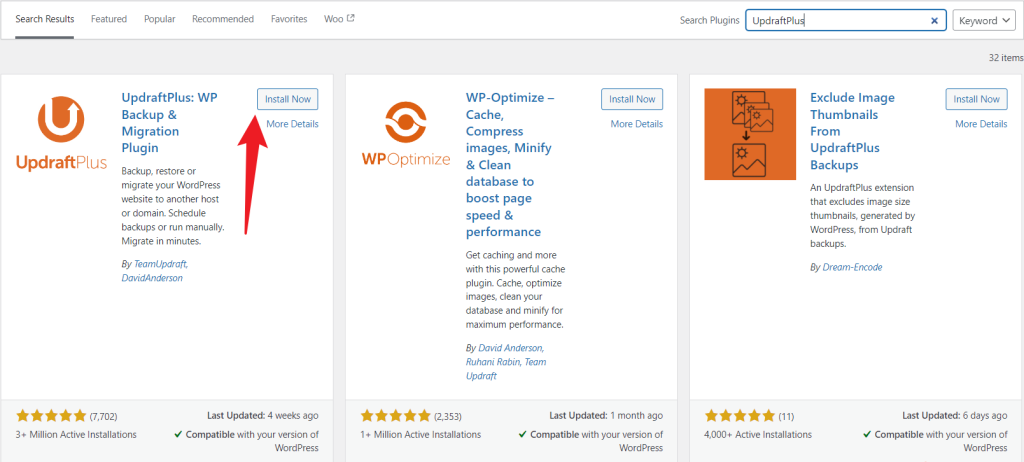
- Click Activate after installation.
Step 2: Create a Backup
- Navigate to UpdraftPlus→ Backup / Restore.
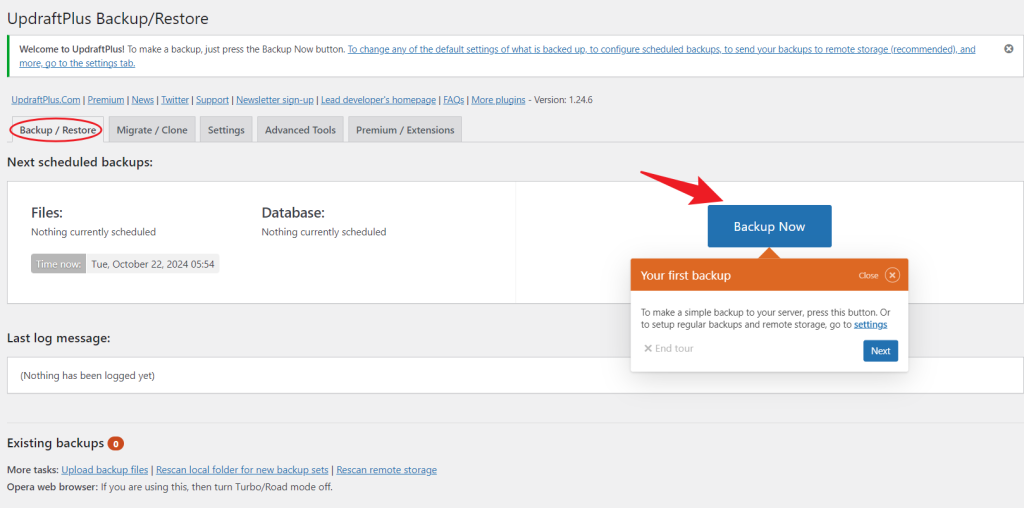
- Click the Backup Now button.
- Ensure that the “Include your files in the backup” option is checked in the pop-up window. This will include your theme files as part of the backup.

- Click Backup Now, and the plugin will create a backup of your site, including the themes.
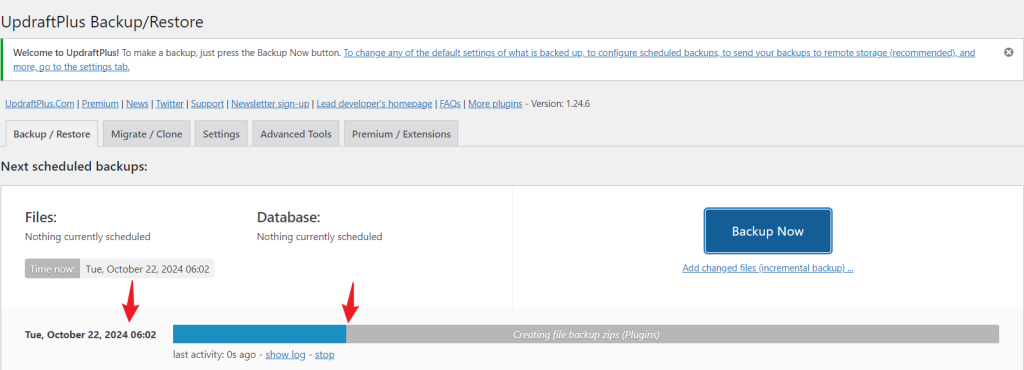
Step 3: Download the Backup
- Scroll to the Existing Backups section.
- Find your Backup and click Download Themes to save the theme file to your computer.

Method 2: Export Theme Customizer Settings
If you only want to export the theme’s settings (like colours, layouts, or header images), use the Customizer Export/Import plugin. This is useful when applying the same settings to multiple sites using the same theme.
Steps to Export Customizer Settings:
- Install and activate the “Customizer Export/Import” plugin.
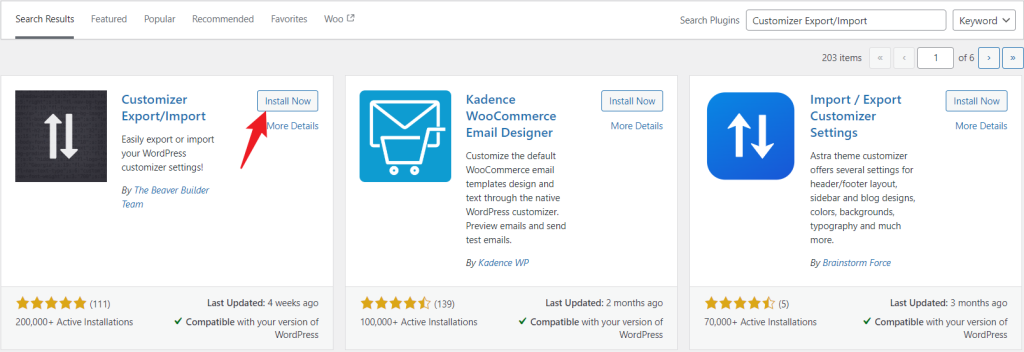
- Go to Appearance → Customize in the WordPress dashboard.

- In the customizer, click Export/Import from the sidebar.
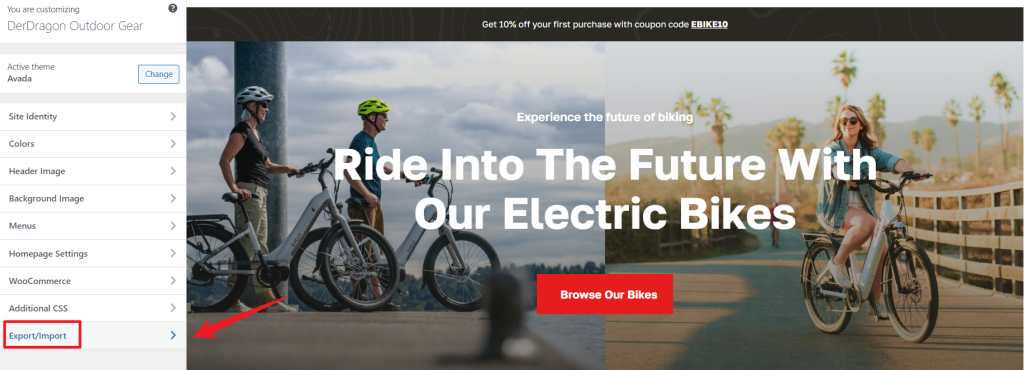
- Click Export to download a .dat file containing your customizer settings.

Steps to Import Customizer Settings:
- Go to Appearance → Customize on the new site.
- Click Export/Import from the Customizer sidebar.
- Under the Import section, click Choose File and select the .dat file.

- Check the box to download and import image files, including the logo and other images.
- Click Import, then click Save & Publish to apply the settings.
Method 3: Manually Exporting a WordPress Theme
If you don’t want to use a plugin, you can manually export your theme by accessing your website’s files via a file manager or FTP.
Step 1: Export the Theme
- Access your hosting provider’s file manager or use an FTP client (like FileZilla).
- Navigate to the wp-content/themes folder.
- Find the theme you want to export, compress it into a .zip file, and download it.

Step 2: Import the Theme
- Log in to the WordPress dashboard on the new site.
- Go to Appearance → Themes, click Add New Theme, then select Upload Theme.
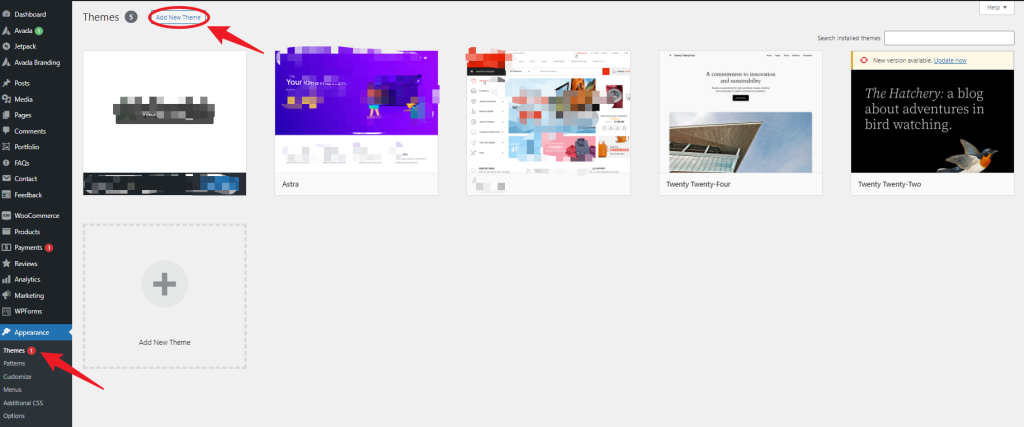
- Upload the .zip file and install the theme. After installation, click Activate.
FAQs
- How do I avoid losing settings during migration?
- Back up the database and export your customizer settings before migrating.
- What should I do if I run into errors while importing the theme?
- Ensure the theme file is complete and compatible with your WordPress version. Also, check that your upload file size limits are set appropriately in your hosting settings.
- Can I export widgets and menus along with the theme?
- You’ll need a separate plugin, like Widget Importer & Exporter, to export and import widgets and menus.
Conclusion
Exporting and importing WordPress themes is essential for maintaining website backups, migrating to new domains, deploying design changes, or sharing custom themes with others. Using plugins like UpdraftPlus or Customizer Export/Import simplifies the process, while manual export provides a more hands-on approach. Whichever method you choose, backing up your theme ensures that your design, settings, and customizations can be quickly restored or transferred to other websites. Make sure to back up databases and widgets to avoid losing essential elements during migration.




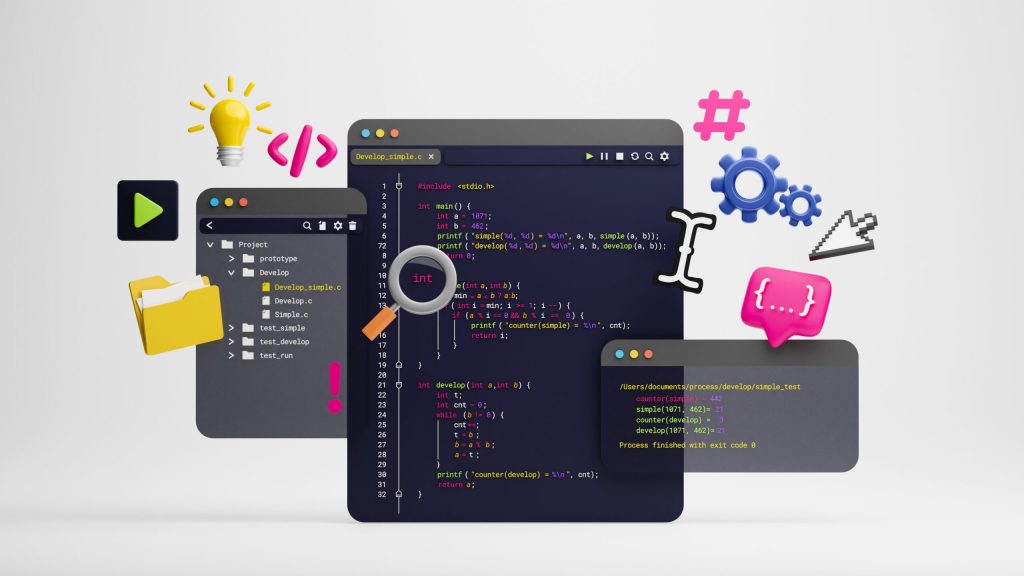
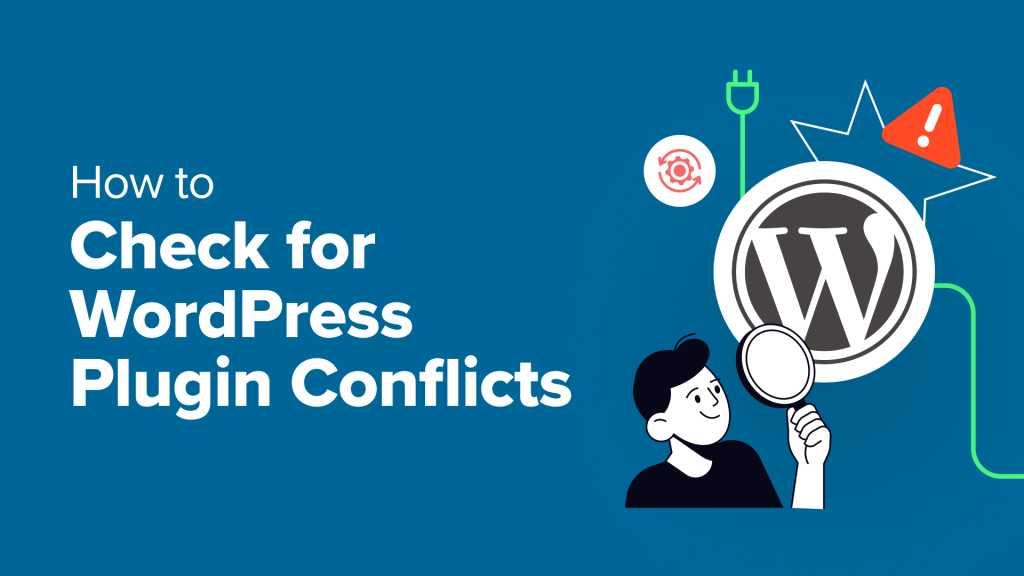


Responses